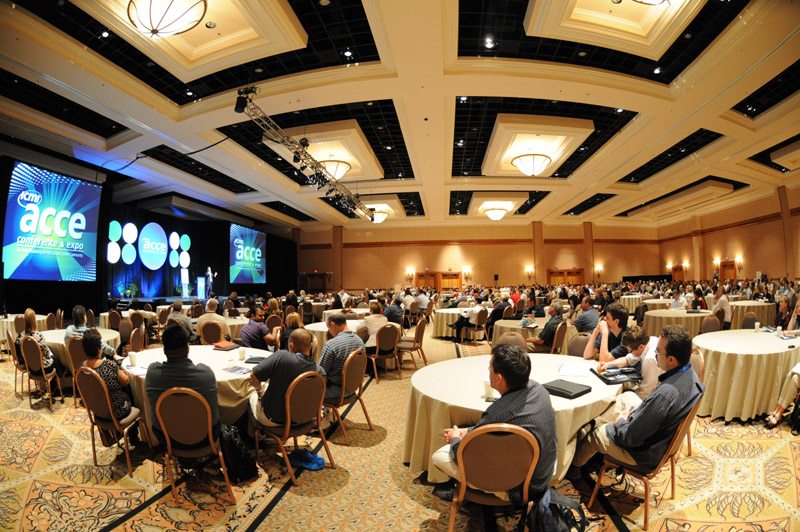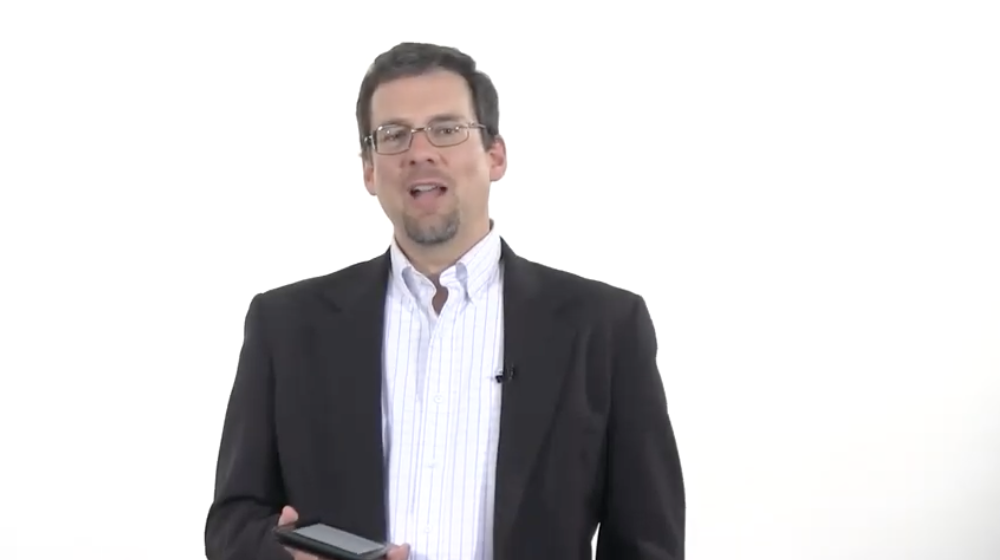I recall a consulting assignment for the customer service operation of a large utility, with a client base in the millions. They handled thousands of customer interactions daily—vigilantly keeping an eye on service levels (which, in their case, meant the percent of contacts reaching agents within 30 seconds) to appease regulators who could approve or stymie requests for capital investments or rate adjustments.
In my initial investigation, I learned they had two people, referred to as “traffic controllers,” who monitored their advanced, multi-site routing systems and helped facilitate staffing adjustments as necessary. I also learned they had a few tricks up their sleeves. For example, if service level began to slip, they would (with a few clicks) take blocks of queued calls and put them into a holding pattern, allowing customers just entering the system to go right to agents. As the queue settled down and service levels quickly improved (or so it appeared), they would release the calls from the holding pattern and allow them to reach agents. It was akin to putting aircraft over a busy airport into a holding pattern and allowing newer arrivals to land first. In this way, they could literally control their service level results — or at least how they were recorded.
My subtle comment to their management team: “That’s cheating!” The happy ending is that they acknowledged it, stopped the practice, and (though the reports looked worse for awhile) were able to make meaningful adjustments to staffing levels. But it was a good reminder: Without clear values and a strong focus on customers, we can use technology as either a powerful enabler or a barrier to service.




0 Comments